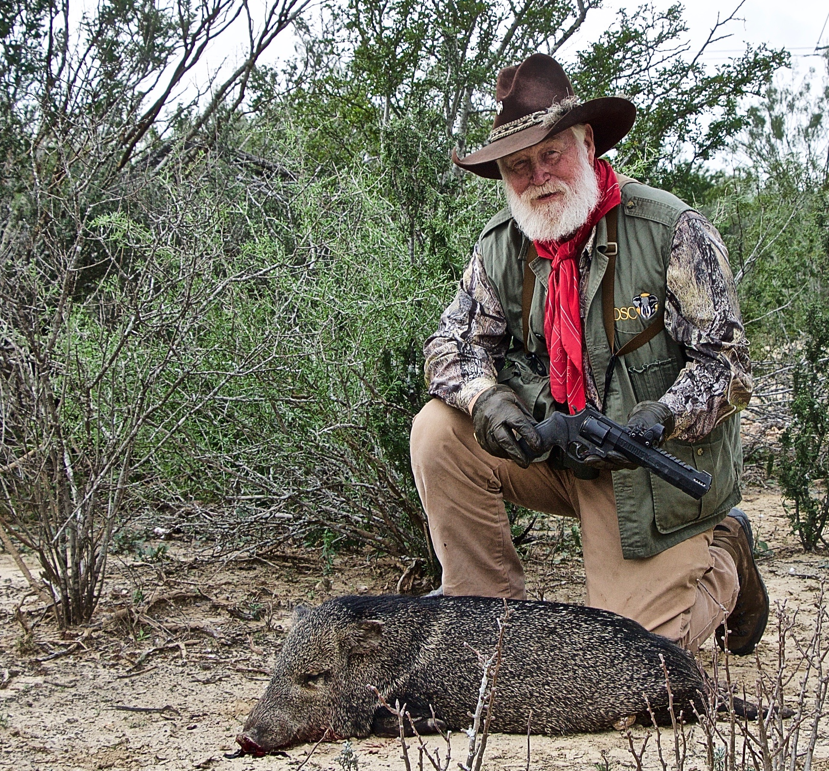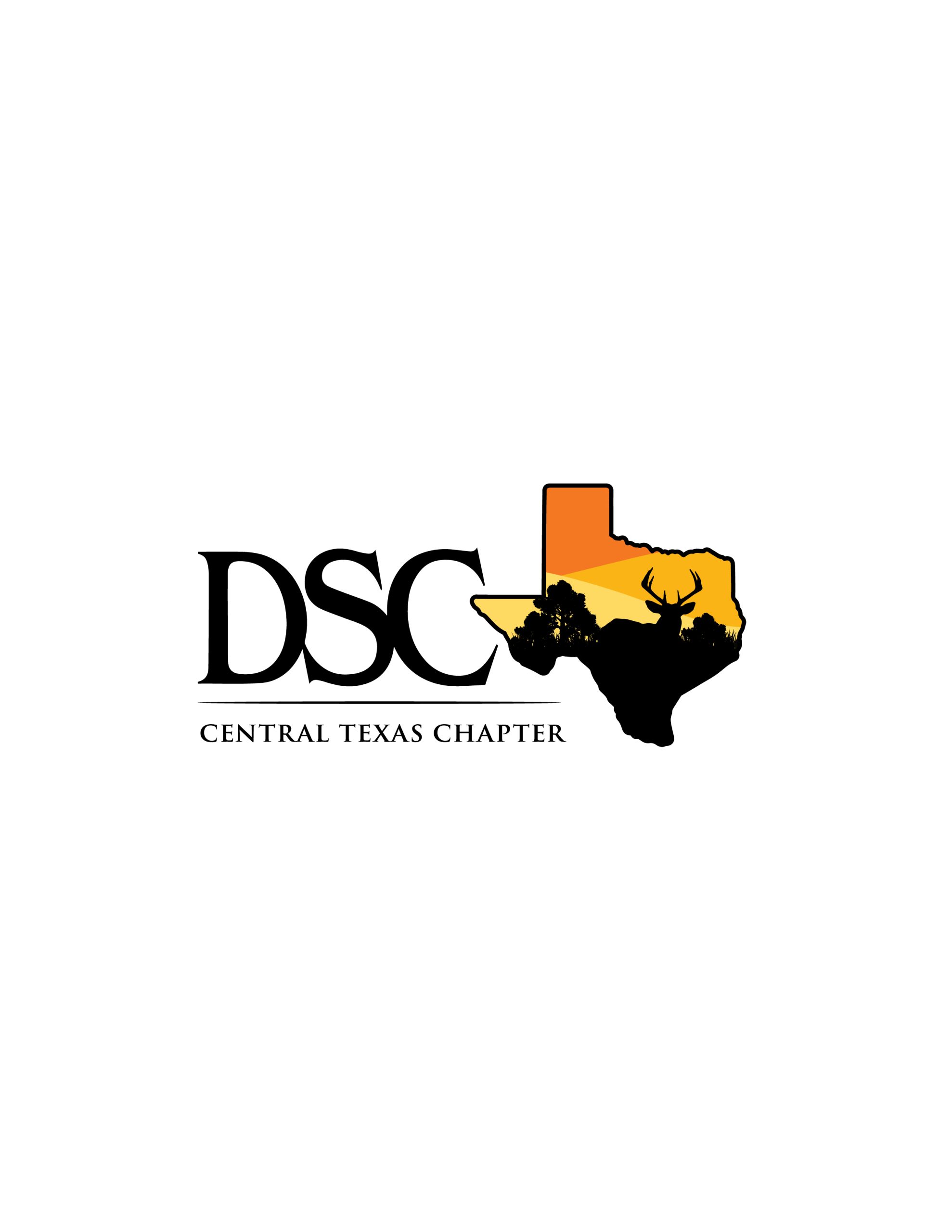Natural disasters can be problematic for wildlife, as mentioned in an earlier post. The good news is that ecosystems and populations are resilient in the face of these catastrophes.
In Kaziranga National Park in India, water level rose ten feet in about 12 hours one day this August. Documented animal death toll is reaching 400. It sounds catastrophic, but this is all part of a cycle that happens every year during the flood season.
While the hurricane that hit Houston is not an annual occurrence, hurricane season is. Animals will seek out higher ground instinctively, and ecosystems will rebound.
However, unlike Kaziranga National Park, the comparatively higher ground in Houston is where homes and businesses are.
In this video, keep in mind that where you see the tops of green trees is where the animals usually dwell. Now displaced, they are encroaching on neighborhoods and backyards for the first time.
Social media is highlighting two common reactions. Seeing a snake or 5-foot-long alligator swim past the front door might send people running, or seeing a shivering opossum might make someone want to help the animals to safety.
Either way, it is important to remember that the wildlife are not seeking out human victims and will eventually dry off. Observers should leave animal interactions to professionals that know how to avoid spreading diseases and harm. There are enough problems already without adding animal attacks onto the list.
Sources: Chicago Tribune and The Wire



